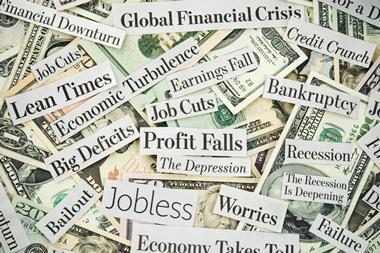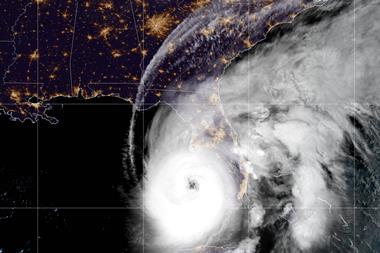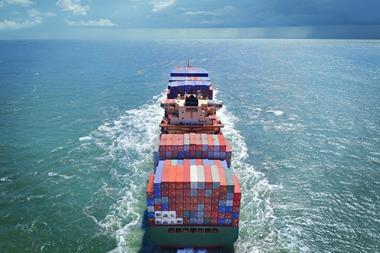Protection gap for health, mortality and natural catastrophe risks combined reached $1.42 trillion in 2021, finds sigma
Swiss Re Institute today published its new sigma Resilience Index, revealing that the world economy regained macroeconomic resilience in 2021 but the environment remains fragile.
In 2021, the global economy benefited from a cyclical rebound from the COVID-19 crisis, resulting in greater capacity to respond to and recover quickly from a crisis.
However, the full impact of slowing growth, high inflation and global geopolitical tensions in 2022 may throw the resilience recovery off course.
Global insurance resilience also improved in 2021 thanks to strong insurance growth supported by rising risk awareness among customers and governments’ pandemic-related health spending.
Mind the gap
However, insurance resilience has not recovered to pre-COVID-19 or pre-global financial crisis levels.
The world insurance protection gap for health, mortality and natural catastrophe risks combined reached a new high of $1.42 trillion in 2021 and the current inflationary environment is expected to widen the gap further this year.
Despite a strong forecast for nominal insurance premium growth, insurance resilience is expected to weaken in 2022 due to scaled-back government benefits and declining asset values.
Jerome Haegeli, Group chief economist of Swiss Re, said: “The cyclical recovery in both macroeconomic and insurance resilience in 2021 cannot hide the fact that deep structural reforms are needed to drive long-term growth.
”The current inflation shock and cost of living crisis are disproportionately affecting the lowest-income households and will only widen protection gaps this year.
”To secure greater resilience and support long-term economic stability, structural parameters such as infrastructure and human capital need to be strengthened and inequality reduced.
”Against this challenging backdrop, the insurance industry plays an important role in shifting financial risks away from individuals and ultimately increasing their resilience.”




















No comments yet